What can you do in Taipei and Taiwan?
Links on Head for Points may support the site by paying a commission. See here for all partner links.
Two of the things I was asked after my first visit to Taiwan last year were ‘why’ and ‘what is there to do’?
In truth, Taiwan flies under the radar when it comes to UK and European tourism. My recent trip to review China Airlines is the second time I’ve been to the country in as many years, and I was more than happy to go back having loved my first time in Taipei and neighbouring Yilan.
Hopefully, by the time you finish this article, I will have convinced you why it is worth going!
China Airlines operates non-stop flights to Taipei from London Heathrow with a flight time of around 14 hours. You can read our introduction to China Airlines here.
Before we start, a little history lesson
Taiwan (officially the ‘Republic of China’ and sometimes still called ‘Formosa’, which is it was called by Portuguese explorers) is an island that has been inhabited for tens of thousands of years. It was colonised at various points by European settlers, Chinese dynasties and, in the first half of the 20th Century, the Japanese.
Whilst Taiwan was under Japanese colonial rule, the Republic of China was established in Mainland China in 1912 following the Xinhai Revolution and the end of Chinese Imperial rule. The Nationalist Party retreated to Taiwan in 1949, following Japanese defeat in World War 2 and the return of Taiwan to China.
Compared to previous Japanese rule, Kuomintang administration was repressive, brutal and anti-democratic, maintaining martial law until 1987. Kuomintang rule ended with the presidential elections in 2000, the first time in Chinese history that power peacefully transferred to an opposition party in a democratic system.
Taiwan’s vibrant and competitive democratic system has allowed for regular peaceful transfers of power since 2000, and it is now ranked as the ‘second-freest place in Asia’ behind Japan (as ranked by Freedom House).
As a result of its tumultuous history (and despite its colonial history) Taiwan maintains particularly friendly relations with Japan. It has developed a distinctive culture with a particularly strong Japanese influence, including in the onsen-style bathing culture. In some ways it is like visiting a Mandarin-speaking Japan!
The Nationalist Retreat also contributed to Taiwan’s food culture, with Chinese from across the diverse Mainland bringing their tastes and cuisines with them.
Citizens of many countries, including the UK, can travel visa free to Taiwan for up to 90 days, making it an easy destination for tourism, business and cultural exchanges.
Getting around Taiwan
Taiwan has a good public transport network, particularly in and around the cities on the West Coast, which is where the majority of the population lives. A highspeed train connects Taipei in the North to Zuoying in the South in 90 minutes.
Larger cities like Taipei and Kaohsiung also have convenient metro lines to help you get around and ride hailing apps are also available.
To explore the East coast and other more rural areas you will want to rent a car, which is also easy. All you need is your UK licence and an International Driving Permit which you can get at many Post Offices in the UK for a small fee.
Where to stay in Taipei
If you’re looking for hotel recommendations, I’ve reviewed two hotels in Taipei previously and will review two more on this trip.
Despite its size, the hotel market in Taipei is not as vibrant as I expected, although that is changing. Some of the largest hotels include the W Taipei, which I reviewed here, as well as the older Grand Hyatt Taipei and Sheraton Taipei.
A Park Hyatt and Andaz are currently under construction in the 56-floor Taipei Sky Tower and expected to open in 2025.
In recent years a number of smaller, design-led boutique hotels have opened in central Taipei including in Daan. A few of these properties are affiliated with the ‘Collection’ brands from Hyatt, Marriott, Hilton and the like, including the Hotel Resonance (part of Hilton’s Curio Collection) which I really loved.
On this trip I’m staying at the EPISODE Daan Taipei which is part of Hyatt’s JdV.
What’s there to do in Taipei?
Taipei is the capital of Taiwan and home to about 10% of the country’s people, with a population of just under 2.5 million.
Taipei 101, the tallest skyscraper in the world from 2004 to 2010, is arguably the most famous symbol of Taiwan thanks to its iconic eight-tiered pagoda evoking the stalk of a bamboo. It certainly was for me at school when reading the Guinness Book of Records!
The building famously has a huge 660-ton tuned mass damper at the top which protects the building during earthquakes.
Whilst you can zoom up to the 89th floor observation deck, it’s a bit like visiting the top of the Empire State Building in New York: you can’t see the most iconic building because you’re inside it. For a better view, the hike up Elephant Mountain is well worth it and rewards you with an excellent view of the building.
The imposing Chiang Kai-shek Memorial Hall is also well worth a visit especially if, like me, you accidentally time it with the changing of the guard. You can also visit a number of temples including Bao’an Temple.
Taipei is also home to a number of former factory sites that have been turned into ‘Creative Parks’ which are now home to exhibitions, small boutique shops, restaurants, music venues and other cultural attractions. Huashan 1914 Creative Park and Songshan Cultural and Creative Park are two in central Taipei.
In Northern Taipei (and accessible by metro) you’ll find the lush mountainous area of Beitou, which is home to hundreds of volcanically heated hot springs. Some of them smell a little sulphurous because, well, they’re natural! A multitude of small and large hot spring resorts have popped up around them. It’s definitely worth a visit and a pleasant break from the city.
Food and nightlife
One highlight of Taiwan is its effervescent food scene, which includes over 160 night markets.
Arguably Taiwan’s most famous export, it would be remiss not to visit Din Tai Fung – although you can get equally good (and arguably better!) Xialongbao soup dumplings all over the city in casual, neighbourhood restaurants.
A number of different neighbourhoods are home to Night Markets where you can hop from stall to stall trying all sorts of delicious things: I visited Shilin on my way back from Beitou but there are plenty around.
Taipei is also home to some of my favourite nightlife in East Asia and you’ll find most of the bars and clubs in the neighbourhood of Ximen.
Taiwan was the first country in Asia to legalise gay marriage in 2019 and is home to East Asia’s largest Pride Parade in late October. I went last year and it was far better than London Pride: far less commercialised and you could walk along with the floats which made it much more engaging.
Day trips from Taipei
Don’t just stay in Taipei City itself, however. There are a multitude of sights worth seeing within relatively short train or car journeys, including stunning natural scenery from dramatic coastlines to mountainous areas perfect for hikers, cyclists and birdwatchers.
A popular day trip is to the towns of Shifen and Jiufen, for which I recommend renting a car. This is your Taiwanese equivalent of visiting the Cotswolds, with both towns nestled high up in the mountains of East of Taipei.
Both feature historic old streets. In Shifen, a former coal mining town, the railway track cuts right through the Old Street and must jump aside as the train pulls into the station: it’s traditional to make wishes on paper lanterns and let them float up into the sky. You can also walk to a nearby scenic waterfall via a series of suspension bridges.
Jiufen, which was once home to a booming gold mining industry, has revived its fortunes thanks to its famous narrow cobblestone streets and red lanterns. It is particularly stunning at night and is said to have inspired the animated film Spirited Away, although I’m not sure how true that is!
Don’t expect idyllic, untouched tourism from either towns, as both are firmly on the beaten track. Nevertheless, they are both well worth a visit.
Slightly further afield is the city of Yilan on the East Coast. This is a popular weekend trip from Taipei and Yilan is famous for (yet more) hot springs – you can read my review of the Westin Yilan, which has excellent natural hot springs on site, here.
From Yilan, it’s about an hour’s scenic drive to the Taipingshan National Forest Recreation Area. Formerly a logging forest, it is now a beautiful reserve with plenty of hiking trails amongst the stunning and sometimes spooky trees, with old moss-covered railway tracks weaving along the mountains.
There are a number of attractions here including the novelty hot spring egg boiling pool which is exactly what it sounds like! (Don’t worry, you can buy your eggs and borrow egg-boiling-baskets on site!)
Conclusion
Hopefully, this has given you a taste of what Taiwan has to offer.
There is of course much, much more to Taiwan than just Taipei and the surrounding areas, and if you have time I highly recommend exploring further South which I understand is just as picturesque, if not more so, than the North. At some point in the future I’m hoping to return and do a proper road trip to southern Taiwan myself.


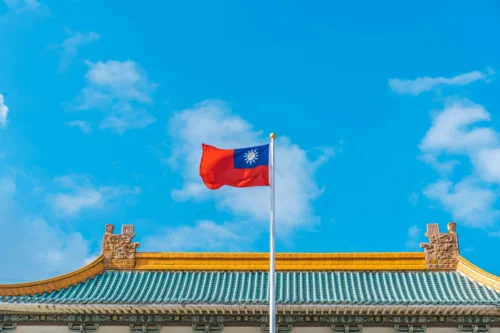
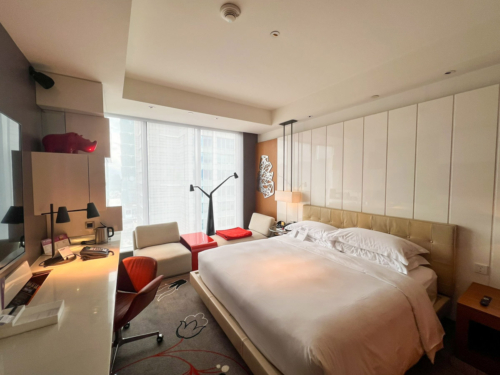

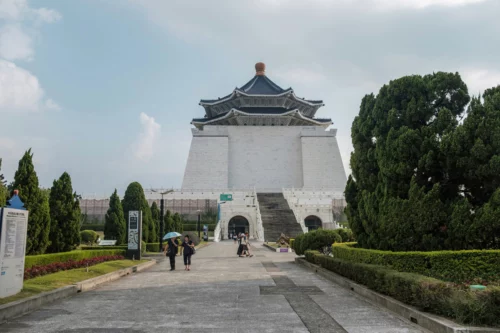

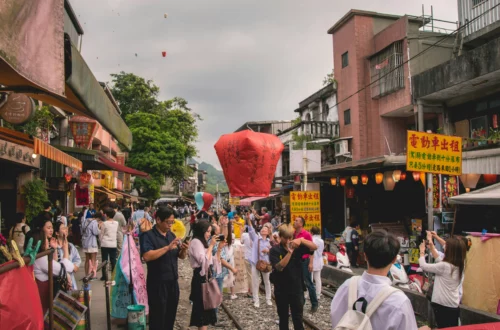
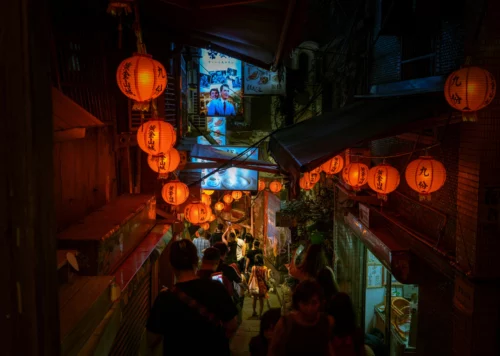
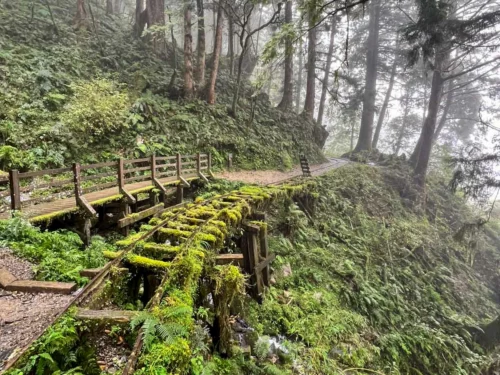






Comments (65)